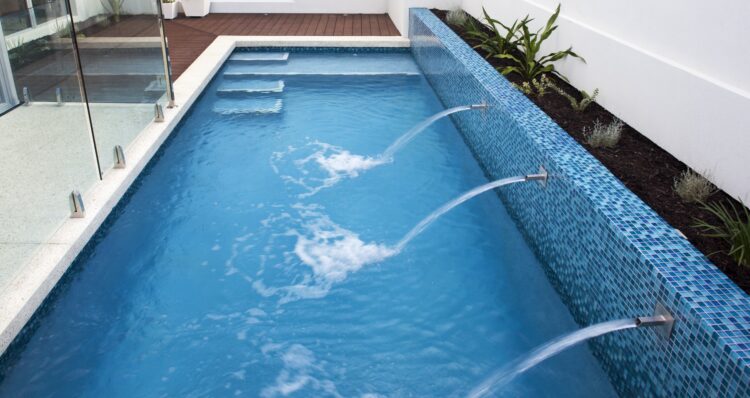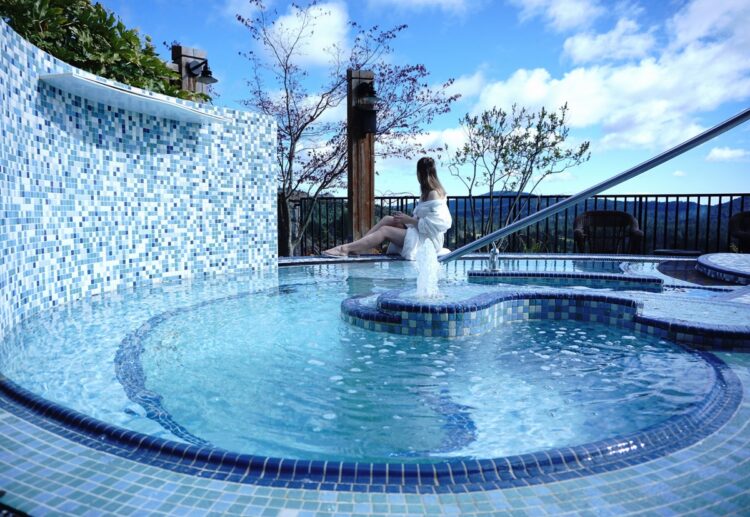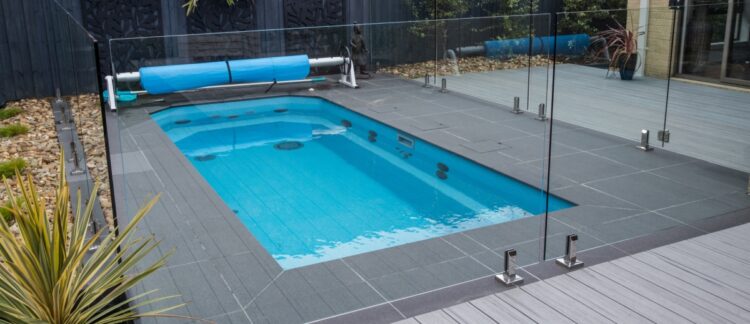There is nothing better than relaxing in a pool in your own backyard during the summer season. Especially, after you have spent hundreds and thousands of dollars just to build it. However, it’s not always just fun, games and relaxing, sometimes you will have to dedicate some of your time to clean it and maintain it.
Without proper maintenance, the water inside of it can get contaminated which could ultimately lead to damage to the walls, the floor, the pump, filters and everything that’s connected to your pool. So, if you do not want to pay thousands of dollars for unnecessary expenses or damages, you should learn what it means to properly maintain your pool.
Fortunately for you, this guide we made will tell you every tip and trick you need to know about maintaining the pool in your own backyard.
How often should I maintain it?

As an amateur on this subject, you are probably wondering just how often you will need to dedicate your time to such tasks. The answer to this question is not as straightforward as you would want it to be. It heavily depends on the pool’s type, the usage and other factors that might have an influence on the quality of the water.
If it is an inflatable, then it is probably small and not as deep as one that has been built in the backyard. This means that the frequency of cleaning will not be as high. Once in two or three weeks will be more than enough, although frequent maintenance will not hurt it one bit.
If you have one that is built above or underground, you should do it at least once a week to ensure that everything will stay safe and clean.
Skimming and Scrubbing
One of the biggest factors that cause water to get dirty is leaves, bugs and other debris. What is even worse is that these invaders show up in your water every single day which means that you will also need to clean it every day. You will need to make a habit of using a skimming net and remove anything that enters the pool.
If you do not have enough time to clean it with your net throughout the day, you should consider investing in a robot vacuum that will do the job for you.
You will also have to do some scrubbing from time to time. You could do the scrubbing once a week for the best results, but doing it bi-weekly is not that bad either. With a hard bristle brush, you can remove any algae build up on the sidewalls and on the floor. Make sure you do frequent checks on the bottom corners of the pool because algae love to grow in those certain spots.
If you are having trouble removing some algae with the brush, cut up some chlorine and put it between the bristles of the brush. Start scrubbing a bit harder and the chlorine will take care of it.
Salinity

This part of the maintenance is meant only for those who have salt-water pools. If you are not among those people, you should skip this part and go to the next tip.
You should check the salinity of the water at least once or twice a month. Most salt cell generators maintain salinity between 2500 and 4700 ppm, although you should still check the guide on your generator just to be sure. If the salt level is too high, you will need to dilute the water and if the salt level is too low then you will need to replace your salt cell. If you need to replace your cell for your Hayward or your Aqua-rite T-15, click here.
Filter
One of the most important parts of every pool maintenance is the filter. It can clean the water from everything including leaves, small rocks, dirt, and a bunch of other stuff that might find themselves inside of it.
Cleaning the filter is actually quite simple and should be done at least once a week. Even twice a week is a good idea. All you have to do is turn off the pump, open up the filter closure and then remove the bask it and thoroughly clean it. If it is just leaves, dirt and rocks, you can clear it by hand, but if there’s too much build-up of dirt, you should probably use chemicals to dissolve it. While the filtering basket is still out, place it in a bowl and pour some of that chemical that is used for dissolving this kind of debris. Leave it for ten or fifteen minutes and then wash the chemical off.
Return the basket into its place, activate the pump and you are done.
Chemical levels

To prevent the water inside of your pool to become filled with all kinds of bacteria, you will need to control the chemical levels inside of it. These chemicals are not used just to make it look clean and pretty, but it is also important to prevent any bacteria to develop which might cause health problems to you, your friend and your family. A pool needs to be a safe space for everyone and not a place where you can get sick.
So, if you want to keep the water safe from germs and bacteria, you should always maintain its chlorine levels. You should also add some cyanuric acid to protect the chlorine. The longer the chlorine lasts, the longer the pool will stay clean.
Another important part of the maintenance is to check the PH balance. The acidity must be kept anywhere between 7.4 and 7.8 otherwise your equipment such as the pump and the filter might start eroding and rusting.
Power washing
If you want to reduce the amount of dirt, leaves, and debris that enters the pool, you should start a habit of cleaning the deck around it. The best way to do this is to power wash it.
By following all of these tips, the pool will stay clean and you will increase its lifetime.
 Hi Boox Popular Magazine 2025
Hi Boox Popular Magazine 2025



